During his recent State of the Union address, President Obama unveiled a "college scorecard" website intended to help prospective college students to make intelligent choices about which college or university to attend. The site is intended to address increasing concerns about the cost of a college education and mounting student load debt. It also is designed to provide an indication of the return on investment (ROI) that a student might expect when completing their college studies at a particular institution (although this particular part of the site has not been completed as I write this).
Now the Rochester Institute of Technology, where I work, always fares well in these comparisons in light of our career-focused curricula and our 96 percent graduate employment rate, but I remain concerned that these kinds of efforts may lead to unintended consequences that may overwhelm their benefits. Let me explain.
One of the best things about American higher education is the wide variety of institutions from which students may choose. American colleges and universities can be different in their intellectual focus, size, selectivity, gender and racial diversity, cost of attendance, urban, suburban, and rural locations, and educational philosophy. But these kinds of ROI calculations force all of these different institutions through a common filter that gives high marks exclusively for a low cost of attendance, high graduation rates, and for high employment rates and salaries of graduates.
If colleges and universities want to maximize their scores in such systems, then they should eliminate liberal, creative, and fine arts programs, teacher education programs, and many programs that serve special populations. At RIT, for example, 10 percent of our undergraduate students (more than 1,400) are deaf or hard-of-hearing. RIT is the host institution for the federally-supported National Technical Institute for the Deaf, and these students bring a rich diversity to our student body found almost nowhere else. But while deaf graduates from RIT are employed at a much higher rate than the deaf population as a whole, they still have a more difficult time finding employment and they don't earn as much on average as their hearing counterparts. Should RIT close this program to look better on the college scorecard? I think not.
Graduation rates are another metric used in the president's scorecard, but they can be misleading in the extreme. Does anyone really believe that North Carolina A&T's graduation rate should be compared to Princeton's? Now Princeton is a truly wonderful place, but they enroll elite students who are much more likely to be successful in college. For a typical North Carolina A&T student, moreover, one could argue that the value-added by the university upon graduation may actually be higher. And lower graduation rates can actually in many cases be an indication of higher academic standards.
There is also an implicit assumption in these efforts that our young people are best served if they go to colleges and universities that can promise high-paying jobs upon graduation. Believe it or not, many of our young people are not interested in pursuing financial success alone. Many still want to work to improve the lives of others around the world, and there are many fine colleges and universities that help them along that path. Should we be discouraging them?
And finally, there is an indication that market forces in higher education are already working to constrain tuition rates and lower the average cost-of-attendance at many of our colleges and universities. In fact, the average private four-year college last year saw the typical student financial outlay go down, not up.
Let's continue to work for increased access and affordability in higher education, but let's also treasure the diversity and variety of educational experiences available to our young people. In that manner the nation's future needs will truly be best served.
